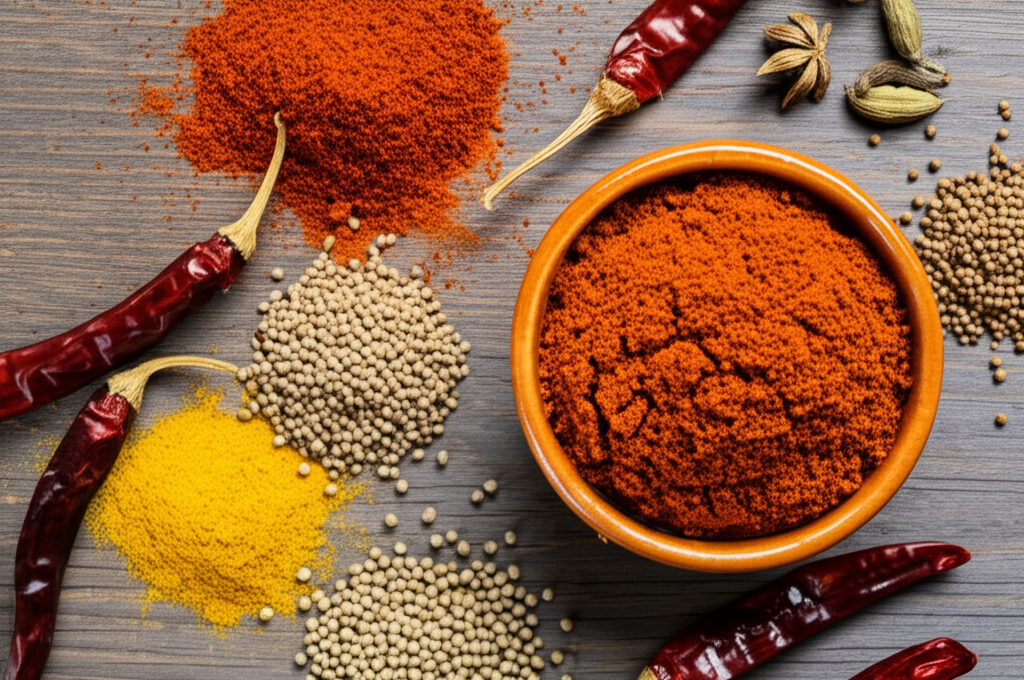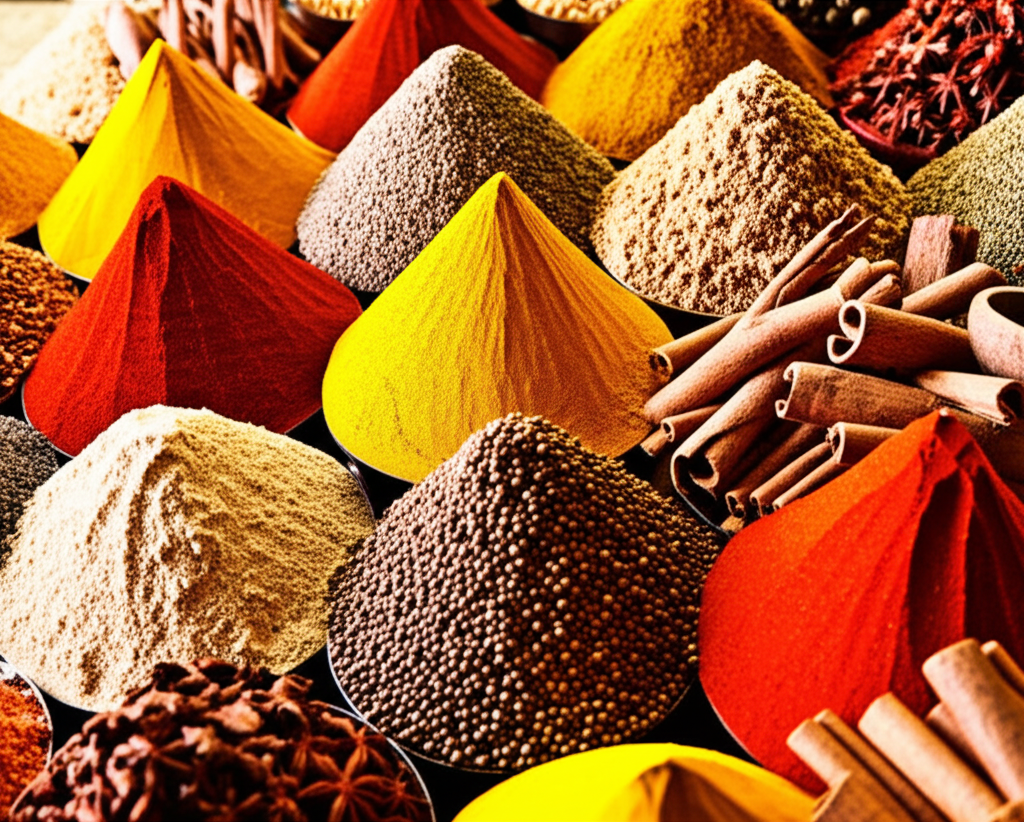The History of Harissa: From North Africa to American Kitchens
April 15, 2023 • By American Harissa Team

Harissa, the fiery red chili paste that has become a staple in many American kitchens, has a rich history that spans centuries and continents. This beloved condiment's journey from North African markets to American pantries is a fascinating tale of cultural exchange, culinary innovation, and the universal love of bold flavors.
Ancient Origins
The story of harissa begins in Tunisia, where it has been a cornerstone of the local cuisine for centuries. The name itself comes from the Arabic word "harasa," meaning "to pound" or "to break into pieces," referring to the traditional method of grinding chili peppers and spices using a mortar and pestle.
While the exact origins are difficult to pinpoint, many food historians believe that chili peppers were introduced to North Africa in the 16th century from the Americas, following Columbus's voyages. Before this, local cuisines relied on black pepper and other indigenous spices for heat. The introduction of chili peppers revolutionized the region's culinary landscape, eventually leading to the creation of harissa.
Traditional Harissa Ingredients
- Red chili peppers (often Baklouti peppers in Tunisia)
- Garlic
- Olive oil
- Cumin
- Coriander
- Caraway seeds
- Salt
Cultural Significance
In Tunisia, Morocco, Algeria, and Libya, harissa is more than just a condiment—it's a cultural symbol and an essential element of daily meals. Traditionally, families would make their own harissa, with recipes passed down through generations, each with subtle variations reflecting regional preferences and family traditions.
Harissa plays a central role in North African cuisine, appearing in couscous dishes, stews, soups, and as a marinade for meats. In Tunisia, a small dish of harissa is often placed on the table alongside olive oil and bread at the beginning of meals—a practice that highlights its importance in the culinary tradition.

Journey to America
Harissa's journey to American kitchens began in earnest during the late 20th century, as interest in global cuisines expanded and international travel became more accessible. North African immigrants brought their culinary traditions with them, including their precious harissa recipes.
The condiment gained significant momentum in the American food scene in the early 2000s, as chefs and food writers began to explore and celebrate the diverse flavors of North African cuisine. Renowned chefs incorporated harissa into fusion dishes, introducing this versatile ingredient to a wider audience.
American Adaptation
As harissa gained popularity in America, it began to evolve. American producers started creating their own versions, often adapting the traditional recipe to suit local tastes and ingredient availability. Some versions became milder, while others experimented with additional ingredients like preserved lemons, rose petals, or even chocolate.
Today, harissa can be found in various forms across America—from traditional pastes to powders, sauces, and even as a flavor in potato chips and other snacks. American chefs and home cooks have embraced harissa's versatility, using it in everything from traditional North African dishes to uniquely American creations like harissa-glazed burgers, roasted vegetables, and spicy mayonnaise.
"Harissa is the perfect example of how a traditional ingredient can cross cultural boundaries and find new expressions while still honoring its roots. It's not just about heat—it's about depth of flavor and the way it can transform a dish."— Chef Samira Johnson, Culinary Historian
American Harissa: Honoring Tradition While Embracing Innovation
At American Harissa, we're proud to be part of this rich culinary tradition. Our harissa recipes honor the Authentic Tunisian roots of this beloved condiment while incorporating subtle adaptations that make it accessible to American palates. We use premium chili peppers grown in the United States, combined with traditional spices and preparation methods.
Our journey began with a deep respect for harissa's cultural heritage and a desire to share this magnificent flavor with more Americans. We work closely with culinary experts from Tunisia and Morocco to ensure our products capture the essence of traditional harissa while offering the consistency and convenience that modern consumers expect.
Looking Forward
As American appreciation for global flavors continues to grow, harissa's popularity shows no signs of waning. This versatile condiment has found a permanent place in American kitchens, where it continues to evolve while maintaining its connection to its North African roots.
Whether you're using it to add depth to a stew, heat to a sandwich, or complexity to a marinade, harissa represents the beautiful fusion of culinary traditions that makes American food culture so dynamic and diverse. Its journey from North African markets to American pantries is a testament to the power of food to cross borders and bring cultures together.
We invite you to explore the rich flavors of harissa and become part of its continuing story—a story of tradition, innovation, and the universal language of delicious food.
Share this article
Related Articles
5 Unexpected Ways to Use Harissa in Your Cooking
Discover creative and surprising ways to incorporate harissa into your everyday meals.
Read MoreHarissa vs. Other Hot Sauces: What Makes It Unique
Learn what sets harissa apart from other popular hot sauces and why its complex flavor profile makes it a chef's favorite.
Read More